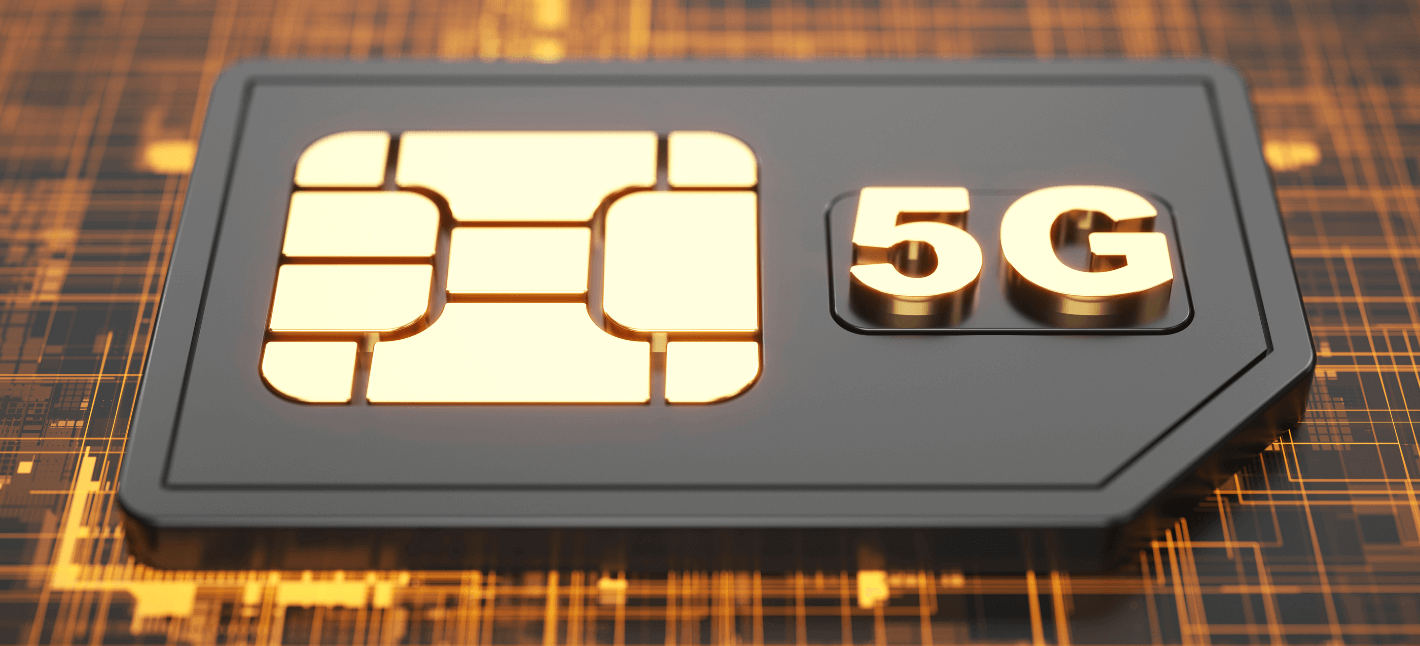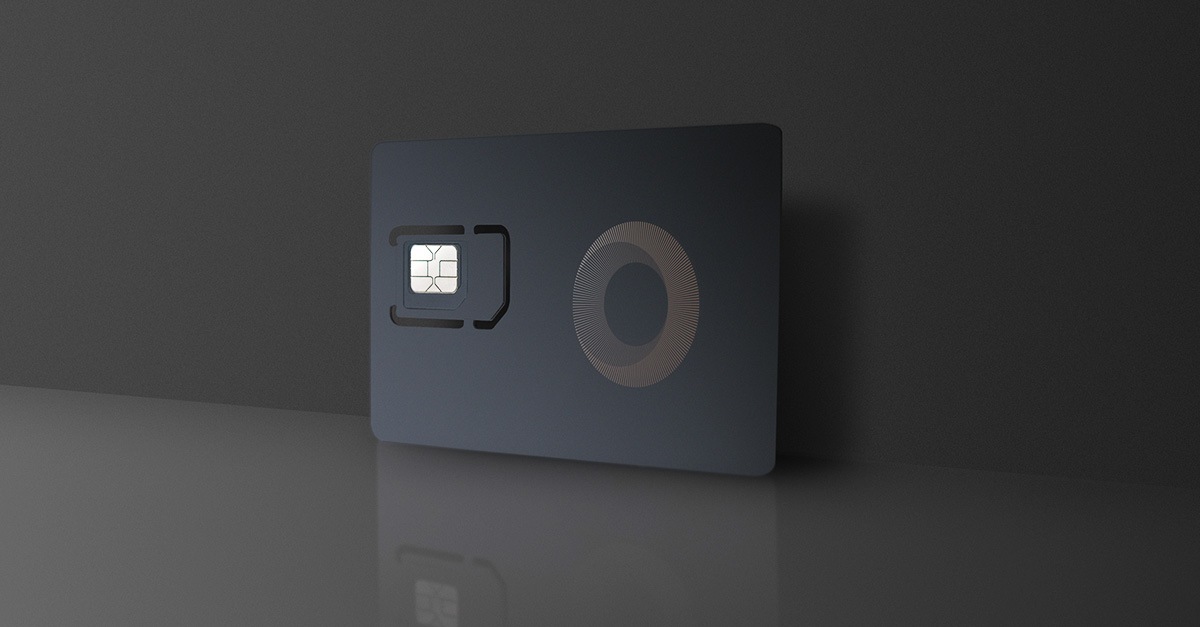Managed IoT Connectivity Platform Managing IoT Connectivity Effectively
As the demand for the Internet of Things (IoT) continues to grow, so does the want to understand the various connectivity options obtainable. Two primary categories of connectivity often beneath dialogue are cellular and non-cellular IoT connectivity. Each has its personal strengths and weaknesses, and the choice between them can considerably influence the performance and effectivity of IoT purposes.
Cellular IoT connectivity leverages established cellular networks to facilitate communication between gadgets. This sort of connectivity typically options several subcategories, together with 2G, 3G, 4G, and now 5G technologies. Cellular networks offer widespread protection, making them appropriate for applications that require mobility and extended range. The extensive infrastructure already in place permits for fast deployment, saving time and resources.
IoT Connectivity Enabling Internet of Things Connectivity
Moreover, cellular connectivity often comes with strong safety features. The use of encryption and authenticated entry supplies a layer of protection that is critical for so much of functions, especially in sectors dealing with sensitive data like healthcare and finance. This ensures that data transmitted between units and networks is secure from potential cyber threats.
On the opposite hand, non-cellular IoT connectivity encompasses a spread of other technologies, together with Wi-Fi, LoRaWAN, Zigbee, and Bluetooth. These choices can differ significantly when it comes to vary, knowledge charges, and power consumption. Non-cellular options usually concentrate on specific environments, corresponding to home automation or industrial settings, where localized communication is more sensible.

Non-cellular connectivity options are typically less expensive in environments where intensive cellular protection is most likely not needed. They may also be simpler to implement in smart buildings or localized networks. For instance, Wi-Fi provides excessive knowledge charges and supports an enormous variety of devices however is proscribed by vary and coverage.
IoT Connectivity Ultimate Guide to IoT Connectivity
LoRaWAN, another in style non-cellular expertise, is designed specifically for long-range communication while consuming minimal energy. This makes it perfect for purposes requiring low data rates over extended distances, corresponding to agricultural sensors or smart metropolis infrastructure. The trade-off comes in its lower data price compared to cellular options, which will not be suitable for applications requiring real-time knowledge transmission.
In distinction, cellular networks excel in applications that demand consistent connectivity over longer distances, like logistics and fleet administration. The ability to take care of a connection on the transfer is important for applications that contain monitoring automobiles or property throughout broad geographical areas. Additionally, roaming capabilities between completely different cellular networks enhance connectivity for cellular purposes.
IoT Connectivity Comparison Evaluating IoT Connectivity Technology Pros and Cons
Another issue to think about is the maturity of the expertise. Cellular networks have been round for decades, benefiting from steady developments. Meanwhile, non-cellular technologies are relatively newer and may not have the identical stage of reliability and robustness as cellular methods. Many organizations could find comfort and assurance in the tried-and-true nature of cellular connectivity, especially for important applications.
However, as IoT continues to evolve, so do non-cellular technologies. Ongoing developments in wi-fi standards are considerably enhancing the capabilities and efficiency of non-cellular choices. With advancements in Low Power Wide Area Network (LPWAN) technologies, there's rising interest amongst builders and businesses trying to deploy IoT gadgets that require much less energy and wider you could try this out coverage at a lower cost. Mobile Data Connectivity For IoT.
Wireless IoT Connectivity IoT Connectivity Management for Solutions

The panorama of IoT connectivity is ever-changing, which makes the decision between cellular and non-cellular connectivity extremely context-dependent. Various factors, including the particular utility requirements, coverage wants, value constraints, and safety concerns, strongly influence this choice. The right connectivity choice can enhance operational effectivity, improve knowledge collection, and provide timely insights for decision-making.
When evaluating which option fits greatest, it is crucial to evaluate not solely the immediate needs but why not find out more also the longer term development potential of the appliance. In some instances, hybrid solutions that leverage each cellular and non-cellular connectivity might present the most effective of each worlds. For instance, an utility might utilize cellular connectivity for broader knowledge transmission and non-cellular options for localized, low-power communications.
Cellular Connectivity Providers For IoT Tips for Choosing IoT Connectivity Solutions
The rise of 5G expertise additional complicates the panorama but additionally presents opportunities for each cellular and non-cellular options. With its potential for ultra-low latency and excessive data charges, 5G could enhance the viability of cellular IoT for applications that previously relied on non-cellular options. Yet, non-cellular technologies continue to enhance, carving out niches that cellular networks might not optimally serve.
In closing, cellular vs. non-cellular IoT connectivity presents a posh choice with far-reaching implications. Each connectivity kind brings unique benefits and limitations that cater to various utility wants. As IoT technology advances and matures, the last word decision hinges on particular project necessities, use cases, and future scalability considerations. Understanding the nuances of every option can provide the mandatory insight to make an knowledgeable choice, paving the finest way for successful IoT deployments (Aws IoT Connectivity).
- Cellular IoT connectivity makes use of established cellular networks, offering broad coverage and dependable indicators in urban and rural areas.
- Non-cellular IoT connectivity, such as LPWAN (Low Power Wide Area Network), is specifically designed for low-bandwidth purposes, prioritizing energy effectivity over pace.
- In cellular networks, knowledge transfer rates can be higher, supporting functions that require real-time information transmission, corresponding to video surveillance or autonomous autos.
- Non-cellular options typically have longer battery life, making them ideal for devices requiring minimal maintenance, like environmental sensors and smart meters.
- Cellular IoT typically involves larger operational costs as a end result of subscription charges and data plans, whereas non-cellular choices can be more cost-effective for big deployments.
- Security protocols in cellular networks are strong, benefiting from the infrastructure of established telecommunication providers.
- Non-cellular technologies can make use of easier and more localized safety measures, potentially resulting in vulnerabilities in certain implementations.
- Scalability is mostly simpler with cellular networks, which can assist an unlimited variety of devices concurrently without vital degradation in efficiency.
- Non-cellular IoT may supply higher flexibility in network design, permitting companies to tailor solutions specifically to their operational needs with out reliance on a mobile service.
- Depending on the application, hybrid models integrating each cellular and non-cellular connectivity can optimize total performance and cost-efficiency.undefinedWhat is the distinction between cellular and non-cellular IoT connectivity?undefinedCellular IoT connectivity makes use of mobile networks (like 4G or 5G) for knowledge transmission, while non-cellular choices embody technologies like Wi-Fi, BLE (Bluetooth Low Energy), and LoRaWAN, which function independently of cellular service networks.
When is it greatest to use cellular IoT connectivity?undefinedCellular connectivity is ideal for functions requiring broad protection, mobility, and real-time information transmission, corresponding to vehicle tracking or smart wearables, where reliability and pace are critical.
Managed IoT Connectivity Benefits and Use Cases of Connectivity Technologies
What are some nice benefits of non-cellular IoT connectivity?undefinedNon-cellular options are often more cost-effective for applications with decrease data transmission needs, such as smart house gadgets or environmental sensors, they usually can utilize current infrastructure like Wi-Fi networks.

How do prices examine between cellular and non-cellular IoT connectivity?undefinedCellular options sometimes contain ongoing subscription charges for community entry, while non-cellular technologies usually incur lower initial prices and fewer recurring expenses, making them economical for certain use instances.
Can I change from non-cellular to cellular IoT connectivity later?undefinedYes, many gadgets are designed with flexibility in thoughts, allowing for upgrades or changes from non-cellular to cellular connectivity if future wants dictate a necessity for broader coverage or larger reliability.
What sort of devices are greatest fitted to cellular IoT connectivity?undefinedDevices that require constant connectivity, similar to fleet management methods, remote monitoring tools, and telehealth applications, typically profit most from cellular networks as a outcome of their extensive coverage and help for mobility.
M2M IoT Connectivity Benefits and Use Cases of Connectivity Technologies
Are there limitations to utilizing non-cellular IoT connectivity?undefinedYes, non-cellular connectivity can face limitations like vary (for technologies like BLE), reliance on native networks (Wi-Fi), and fewer capacity to assist cell functions, making them much less perfect for sure scenarios that demand reliability.
What security concerns ought to I keep in mind for either connectivity type?undefinedCellular networks typically provide built-in safety measures, however non-cellular options may be extra susceptible to native threats. IoT Connectivity Technologies. Always use encryption and secure authentication methods to mitigate dangers throughout each types of connectivity.
How does latency examine between cellular and non-cellular IoT connectivity?undefinedCellular networks often have decrease latency, making them appropriate for real-time purposes, while non-cellular solutions might experience higher latency, particularly with larger networks or crowding, which might impact performance.